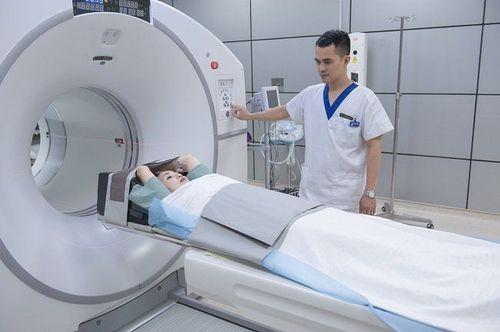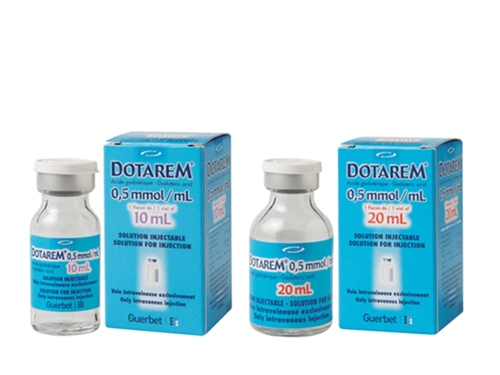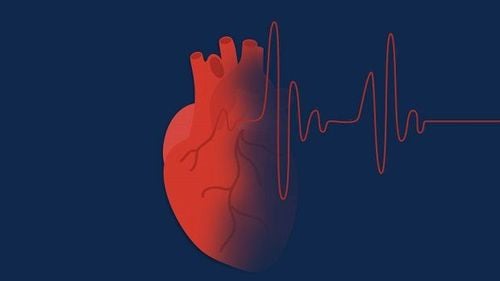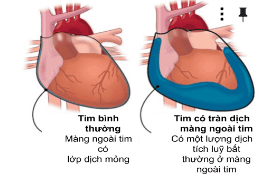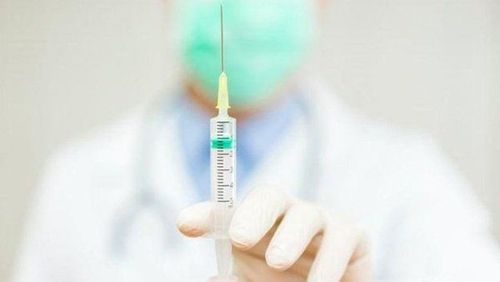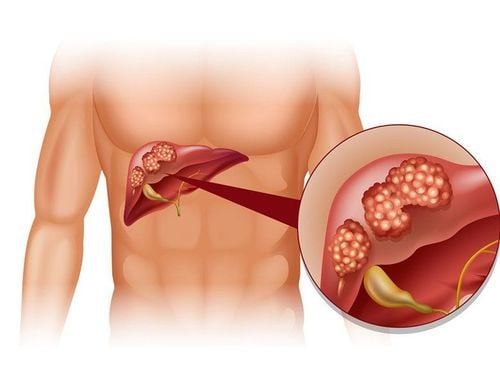This is an automatically translated article.
The article is professionally consulted by - Master, Resident, Specialist I Trinh Le Hong Minh - Department of Diagnostic Imaging - Vinmec Central Park International General Hospital.
MRI (Magnetic Resonance Imaging) was developed in 1980 and is generally considered the best imaging method for treatment planning. MRI is very good at diagnosing and monitoring neurological problems and abnormalities in the spinal cord. So when do you need an MRI?
1. When to have an MRI?
More than 60 million patients are diagnosed with MRI (Magnetic Resonance Imaging) imaging performed each year worldwide. Since its development in the 1970s, MRI has revolutionized medical imaging, providing a non-invasive diagnostic method for examining the inside of the human body in detail without radiation is required.
By exposing the hydrogen atoms in the body to a magnetic field, the MRI can control the direction and measure the frequency with which the hydrogen protons move. A radiofrequency (RF) pulse specific to the hydrogen atom's resonance is directed at the area where the organ in the body the doctor wants to examine. Detailed images of organs can be displayed on the screen, providing doctors with a variety of views and angles for the damage that can be seen in the organ being MRI.
MRI is often ordered by doctors to get more details or causes of symptoms that are not obvious on other types of imaging, such as ultrasound, X-ray, or computed tomography. An MRI scan can help diagnose diseases of the brain, spine, bones, abdomen, and soft tissues.
For example, MRI is very good at diagnosing and monitoring many neurological conditions, such as multiple sclerosis, infections, brain tumors, hydrocephalus, vascular abnormalities including acute stroke and bleeding intracranial blood, and to evaluate the orbit and pituitary gland. MRI is also useful for diagnosing spinal cord abnormalities, including demyelination, tumor, or disc herniation, and degenerative changes.
An MRI scan allows your doctor to see the organs, bones and tissues inside your body without surgery. This method can help diagnose disease or injury.
You may need an MRI if X-rays and computed tomography scans do not provide enough information about the health of your organs. MRI is also very helpful for doctors to choose the right and effective treatment for the condition.

Chụp MRI giúp chẩn đoán hình ảnh rõ ràng các bệnh cột sống
Patients can go to public or private medical facilities for MRI scans. However, whether public or private, an MRI must be ordered by a specialist. To determine if it's right for you, your doctor will usually consider the patient's medical and family history, risk factors, how long symptoms have been present, and the effects of your condition. health status to daily activities.
If an MRI in a private medical facility prescribed by a specialist is best, your doctor will provide you with a guide to preparing for the patient's MRI. The patient will then be scheduled to schedule an appropriate time for the scan. An MRI scan can take anywhere from 25-30 minutes, depending on the health of the patient being scanned.
2. Why do you need an MRI?
MRI scan - magnetic resonance imaging shows the anatomy and pathology of several damaged organs inside the body. Magnetic resonance imaging (MRI) is a valuable diagnostic tool based on detailed images of organ damage from multiple perspectives.
An MRI scan can distinguish between healthy tissue and abnormal disease. An MRI scan can also show detailed images of organs such as the brain or liver...
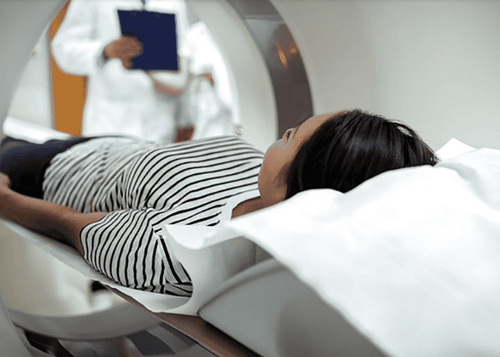
Chụp MRI - hình ảnh cộng hưởng từ là kỹ thuật an toàn và không gây xâm lấn
2.1. For specialist doctors
The MRI scan will help doctors collect necessary information about the damage of the patient's organs. Organs and skeletal system, including joints, spine and brain. Radiologists use the detailed images of an MRI to evaluate for damage, or abnormalities, to a patient's ligaments, nerves, bones, muscles, and other tissues.
MRI can detect a wide range of problems, including:
Joint problems: Doctors can usually diagnose arthritis with an MRI. Spinal Disc Abnormalities: MRI is a useful method for detecting spinal metastases, spinal infections, disc abnormalities, and nerve root disorders. Structural problem: This could be brain damage or a problem in the person's heart. Tumor: Tumors can grow in different organs, such as the ovaries and kidneys. Doctors often use MRI when they suspect a disease or injury that a CT scan, X-ray, or ultrasound doesn't provide enough detail about.
2.2. For sick people
There are many reasons a patient is indicated for an MRI, including:
Muscle, ligament, or cartilage damage Fatigue, numbness or tingling Persistent pain or pain that does not improve with treatment After treatment finding a lump Fluid, swelling, or redness of the joint Dislocation or dislocation Finding an abnormality from an X-ray or CT scan Post-surgery follow-up Digestive problems An MRI scan will help with specialist advice , a radiologist, physiotherapist or clinician makes an accurate diagnosis in relation to the patient's symptoms to support effective treatment.
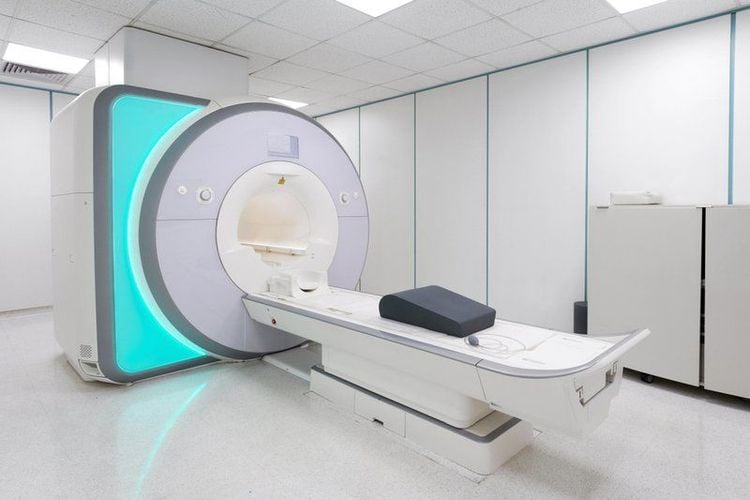
Hình ảnh máy chụp cộng hưởng từ 3.0 Tesla tại Vinmec
Vinmec International General Hospital is the first unit to put into use a 3.0 Tesla magnetic resonance imaging machine with Silent technology (noise reduction), bringing outstanding advantages. Magnetic resonance imaging (MRI) at Vinmec will have the following outstanding advantages:
High imaging technology, first-class safety by accuracy, non-invasiveness and no radiation. High image quality, allowing doctors to comprehensively evaluate, not miss even the smallest lesions in organs Minimize noise, create the most comfort for patients when taking pictures, reduce stress, this helps better image quality and shortens the maximum scanning time. MRI with Silent technology is especially suitable for the elderly and children, people with weak health, and patients undergoing surgery. .. MRI at Vinmec can take 3-D vascular reconstruction without injection of magnetic contrast, can take reconstruction and handle motion artifacts of the patient
Before taking a job at General Hospital Vinmec Central Park International, the position of Doctor of Radiology since February 2018, Doctor Trinh Le Hong Minh used to work as a resident in the Department of Radiology at hospitals: Cho Ray, University of Medicine and Pharmacy , Oncology, People's Gia Dinh, Trung Vuong...from 2012-2015. Officially working at Cho Ray Hospital from 2015-2016, City International Hospital since 2016.
To register for examination and treatment at Vinmec International General Hospital, customers can call the Hotline at: hospital or register online HERE.
Source: webmd.com & radiology.ca





